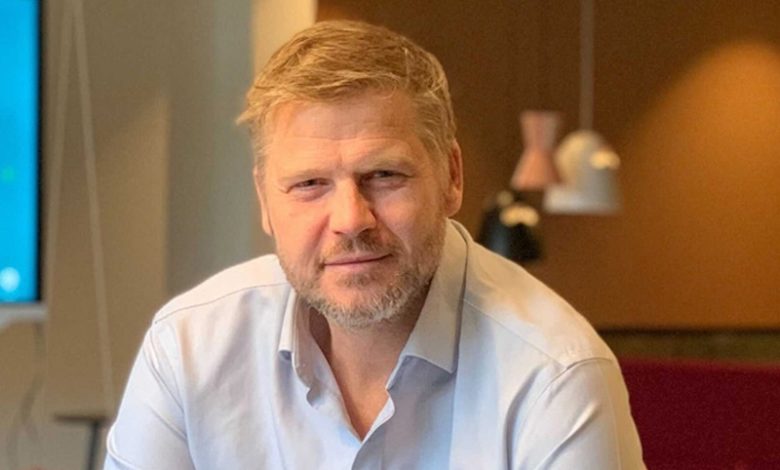Siglar Carbon: How to slash tanker emissions in half

Siglar Carbon, previously known as Freixchange, has come out with a bold statement this week, claiming it has the platform in place to slash spot tanker emissions in half.
The Stavanger-based company has developed a digital platform for measuring, reporting, and estimating international shipping emissions.
“By providing actionable insights, we help charterers halve their emissions on spot voyages,” claims Sigmund Kyvik, CEO of Siglar.
The Carbon Monitoring and Reporting technology from Siglar provides neutral, up-to-date and comparable data on emissions from the shipping industry.
For ships performing voyages under Siglar’s reporting and monitor service the company has precise consumption and emissions numbers. It then has learning loops from this base into its emissions models for continuous improvement of its estimates. The primary use of these emissions estimates is to provide charterers and owners with comparable numbers prior to fixing. Siglar, a Norse word for sailing, uses AIS data as part of the input when estimating emissions.
Awareness and reporting are the first steps on the way towards real emissions reduction
“The Siglar platform provides charterers with the information they need to understand the carbon consequence of various chartering decisions. We help them identify the most CO2 optimal charter solutions for a specific cargo or route. There are significant variations in CO2 performance, depending on ships’ availability and positions. We believe that information about these variations can help charterers make informed decisions and reduce emissions by half on certain voyages,” says Kyvik.
For a ship carrying gasoline between Europe and the US, the platform estimates that the difference between the least and most CO2-efficient alternative can be around 1,500 tonnes of CO2. This equals emissions from approximately 750 cars over one year — and represents more than halving the total emissions from the voyage.
“The main challenge for charterers is lack of access to updated emissions data. So, they make freight decisions environmentally blindfolded. By providing actionable carbon insights, we remove this blindfold,” Kyvik says.
Charterers make freight decisions environmentally blindfolded
Shipping is currently not covered by international regulations, but this is about to change. Both the IMO and the EU are working to bring about binding regulations, and in September, the European Parliament decided to include shipping in the EU’s Emissions Trading System from 2022. In addition, 17 charterers recently launched the Sea Cargo Charter framework for measuring and reporting emissions from chartering activities. The reporting will commence on January 1 next year.
Siglar Carbon Monitoring and Reporting is based on the same principles as the Sea Cargo Charter methodology, and the company already does emissions reporting for some of the 17 signatories. It is also in discussions with other signatories and charterers who are looking to sign the groundbreaking new charter, which recommends having a neutral third party doing the reporting.
“We are delighted that these charterers have agreed on a common set of standards for measuring and reporting emissions. This means a significant increase in the demand for our independent reporting, but it also means increased awareness of the charterer’s role. Awareness and reporting are the first steps on the way towards real emissions reduction,” Kyvik says.

Force charterers to reasoning had to be a hard job!